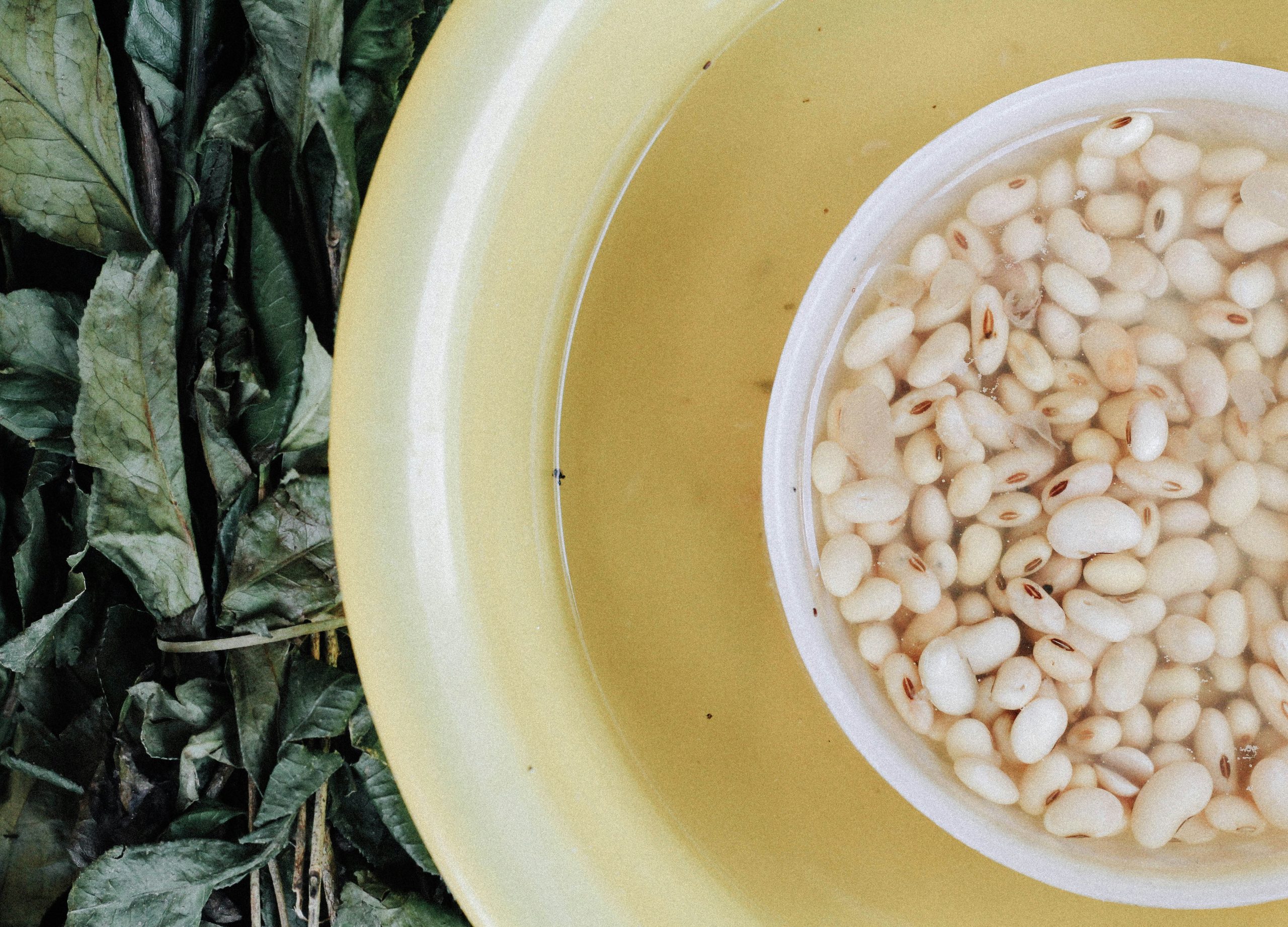From Croissants to Danish: Exploring the Art of Pastry
pastry enthusiasts! (Or maybe just folks who love munching on something sweet and flaky). Welcome to this delightful journey through the world of pastry art. Grab a cup of coffee, and let’s dive into the buttery, flaky, and oh-so-delicious universe of pastries. Trust me, you’re in for a treat!
Introduction: A Little Dough Goes a Long Way
Imagine walking into a bakery early in the morning, the smell of fresh bread and pastries wafting through the air. Your senses are immediately greeted by the sight of golden-brown croissants, inviting Danish pastries, and a variety of other delectable goodies. Doesn’t that sound just heavenly? Well, today we’re going to uncover the secrets behind these irresistible treats.
What Exactly is Pastry?
Before we get our hands all floury, let’s get the basics down. Pastry is a dough made primarily of flour, water, and a solid fat like butter or shortening. It can be sweet or savory, light and airy, or dense and rich. The beauty of pastry lies in its versatility and the endless possibilities it offers to bakers and pastry chefs around the world.
The French Connection: Croissants
Let’s start with the iconic croissant. This crescent-shaped wonder is synonymous with French bakeries, but did you know it has an Austrian origin? Yep, the croissant is actually based on the kipferl, an Austrian pastry. The French took it, added more butter (because why not?), and voila, the croissant as we know it was born.
Making the Perfect Croissant
Creating a perfect croissant is an art form. It involves a process called lamination, where the dough is repeatedly folded and rolled out with layers of butter. This creates those flaky, airy layers we love so much. Heres a quick rundown of the steps:
- Prepare the Dough: Mix flour, water, sugar, salt, and yeast to form a dough. Let it rest.
- Lamination: Roll out the dough, place a block of butter in the center, fold it over, and roll it out again. Repeat this several times.
- Shape and Proof: Cut the dough into triangles, roll them up into crescents, and let them rise.
- Bake: Bake until golden brown and enjoy the buttery goodness.
Pro tip: Always use high-quality butter. It makes all the difference in taste and texture.
Danish Delights
Now, let’s hop over to Denmark (figuratively, of course) and talk about Danish pastries. These beauties are known for their rich, buttery dough and a variety of fillings, from fruit to cream cheese to nuts. The Danish pastry, or wienerbrd, also has Austrian roots (spotting a trend here?). The name “Danish” stuck because Danish bakers popularized it worldwide.
Creating Danish Pastries
Much like croissants, Danish pastries also involve laminating the dough. However, they often include more sugar and eggs, making them slightly richer. Here’s a simplified version of the process:
- Prepare the Dough: Similar to croissant dough but with the addition of eggs and more sugar.
- Lamination: Fold in the butter layers as with croissants.
- Shape and Fill: Roll out the dough, cut into squares or circles, add your favorite filling, and fold into various shapes.
- Proof and Bake: Let them rise, then bake until golden and puffy.
Fillings can range from fruity jams to custards. My personal favorite? A classic cream cheese filling with a hint of lemon zest. Yum!
From Savory to Sweet: The Versatility of Pastries
While we often think of pastries as sweet treats, they can be savory too. Think about quiches, meat pies, and even some types of bread. The principles of making a good pastry remain the same, whether you’re whipping up a sweet almond croissant or a savory spinach and feta Danish.
Popular Savory Pastries
- Quiche: A savory pie with a custard filling, often mixed with cheese, meats, and vegetables.
- Samosas: A spiced filling wrapped in a thin pastry and deep-fried. Popular in Indian cuisine.
- Empanadas: Stuffed pastries common in Latin American cuisines, filled with meats, cheeses, and vegetables.
The secret to a great savory pastry? Balance the richness of the pastry with bold, flavorful fillings. And dont be afraid to experiment!
My Love Affair with Pastry
Let me share a little anecdote. The first time I tried making croissants at home, it was a disaster. I didnt laminate the dough properly, and they turned out more like dense biscuits. But hey, thats the beauty of baking. You learn from your mistakes, and each batch gets better and better. Nowadays, I look forward to those Sunday mornings when I can enjoy a freshly baked croissant with a cup of coffee, reminiscing about my pastry journey.
Fun Facts About Pastries
Let’s sprinkle in some fun facts to keep things light and interesting:
- The largest croissant ever made weighed 327 pounds! Can you imagine munching on that for breakfast?
- The word “croissant” means “crescent” in French. It’s named for its shape, not its ingredients.
- Danish pastries are called “Viennese bread” in Denmark because of their Austrian roots.
Regional Pastry Highlights
Every region has its own unique take on pastries. Let’s take a quick tour:
France: Croissants and Pain au Chocolat
In France, croissants are just the beginning. Try a pain au chocolat (chocolate-filled croissant) or a tarte tatin (upside-down caramelized apple tart) for a real treat.
Denmark: Wienerbrd
Aside from the classic Danish, try a kanelsnegl, a delicious cinnamon roll that’s a staple in Danish bakeries.
Italy: Sfogliatella
This shell-shaped pastry is filled with a sweet ricotta mixture and is a must-try if youre ever in Italy.
Portugal: Pastis de Nata
These creamy custard tarts are legendary. Enjoy one with a sprinkle of cinnamon on top absolute perfection.
Pastry Trends: What’s Hot in the Baking World?
Just like fashion, pastry trends come and go. Lately, theres been a surge in hybrid pastries ever heard of a cronut? It’s a croissant-doughnut mashup that’s taken the world by storm. Another trend is the use of natural, locally-sourced ingredients to create healthier, yet equally delicious pastries. Keep an eye out for these at your local bakery.
Exploring New Flavors
Bakers are getting creative with flavors, incorporating exotic spices, herbs, and even savory elements into sweet pastries. Imagine a croissant filled with spiced pumpkin or a Danish topped with rosemary-infused honey. The possibilities are endless!
Conclusion: Let’s Get Baking!
So, there you have it, folks. From the humble croissant to the elegant Danish, pastries are a testament to the magic that happens when you mix simple ingredients with a bit of skill and a lot of love. Whether you’re a seasoned baker or a newbie, don’t be afraid to roll up your sleeves and give it a go. And remember, even if your first attempt isn’t perfect, the journey is just as sweet as the destination.
Got a favorite pastry recipe or a baking disaster story? Share it in the comments below! And if you try making any of these pastries, let us know how it goes. Happy baking!
Check out this video for a step-by-step guide to making croissants.
Watch this to see how Danish pastries are made by a professional pastry chef.
Until next time, keep calm and bake on!




